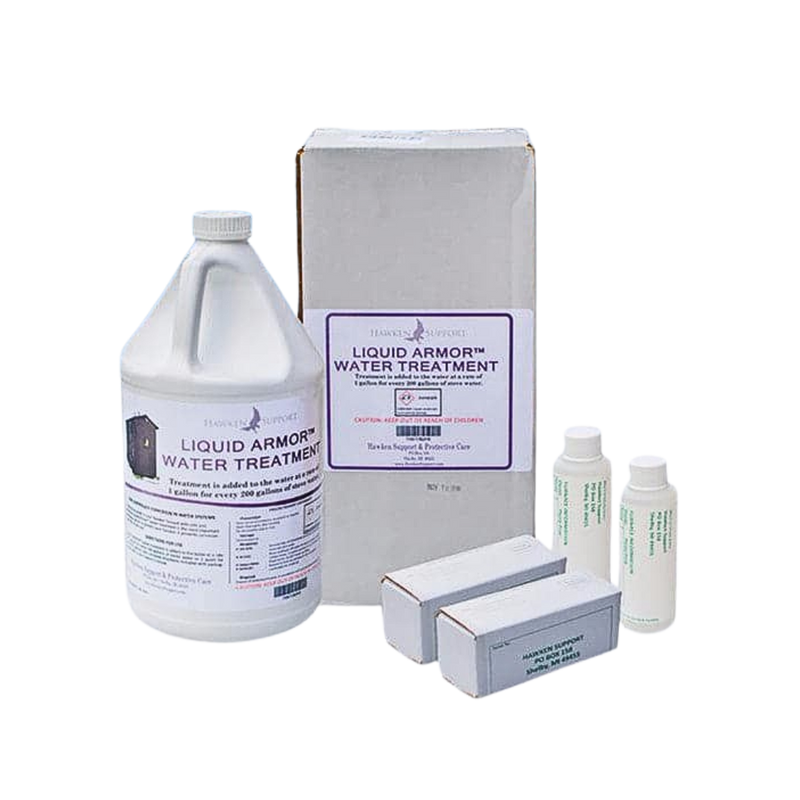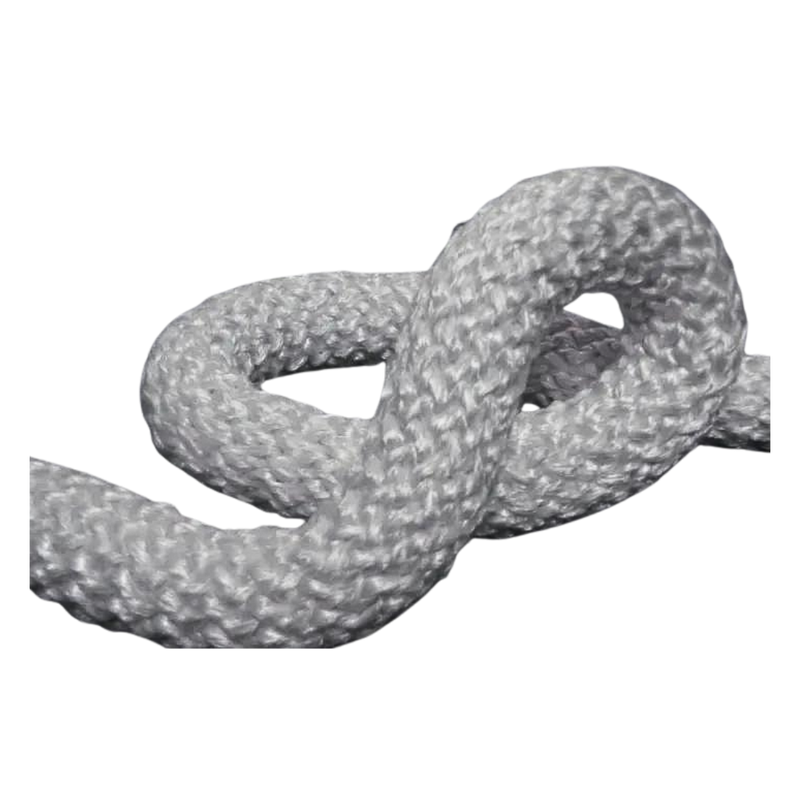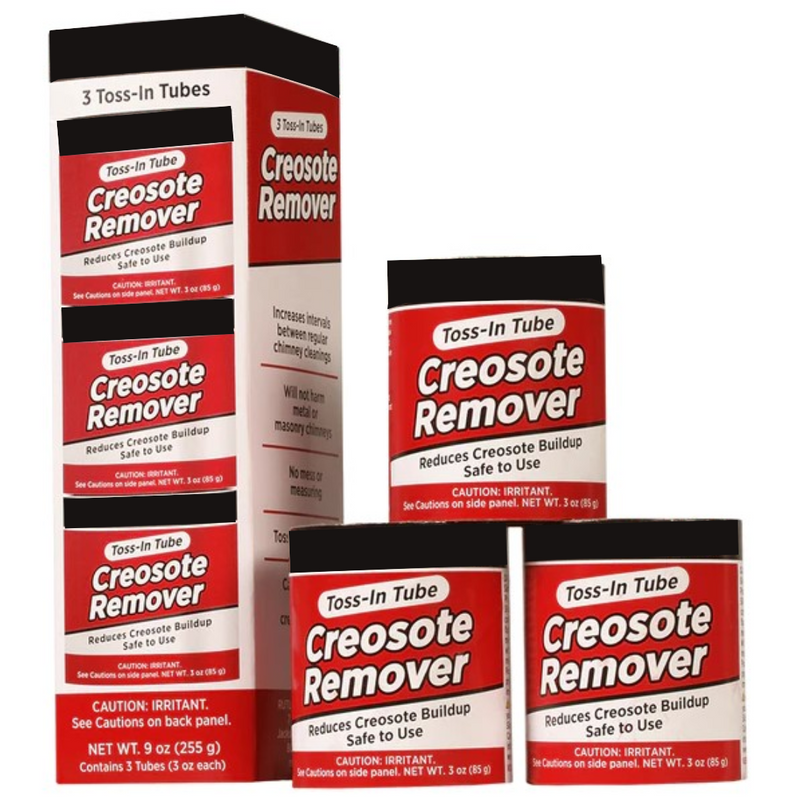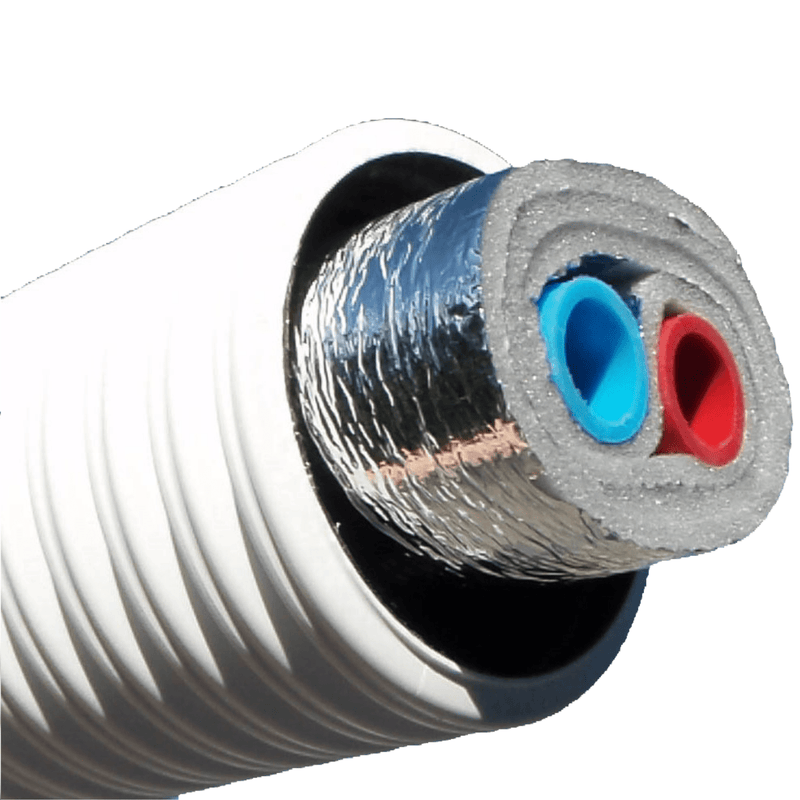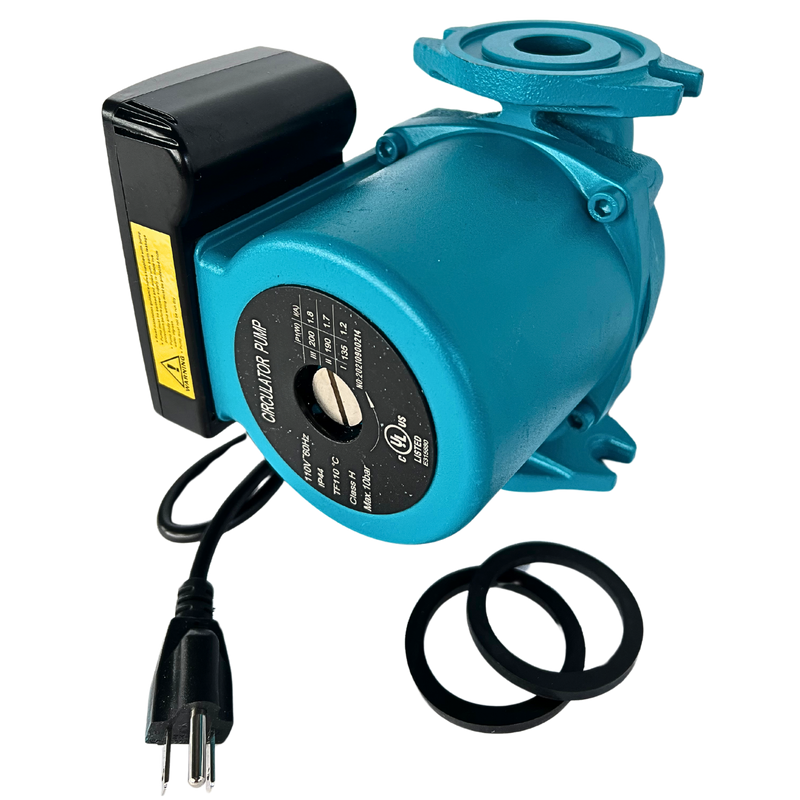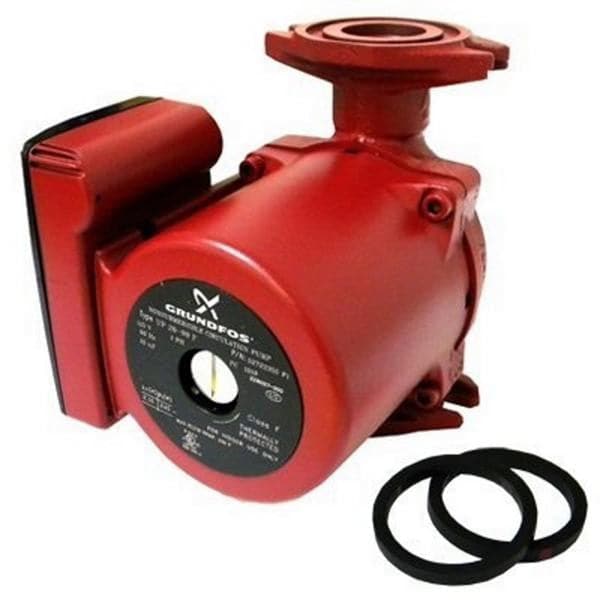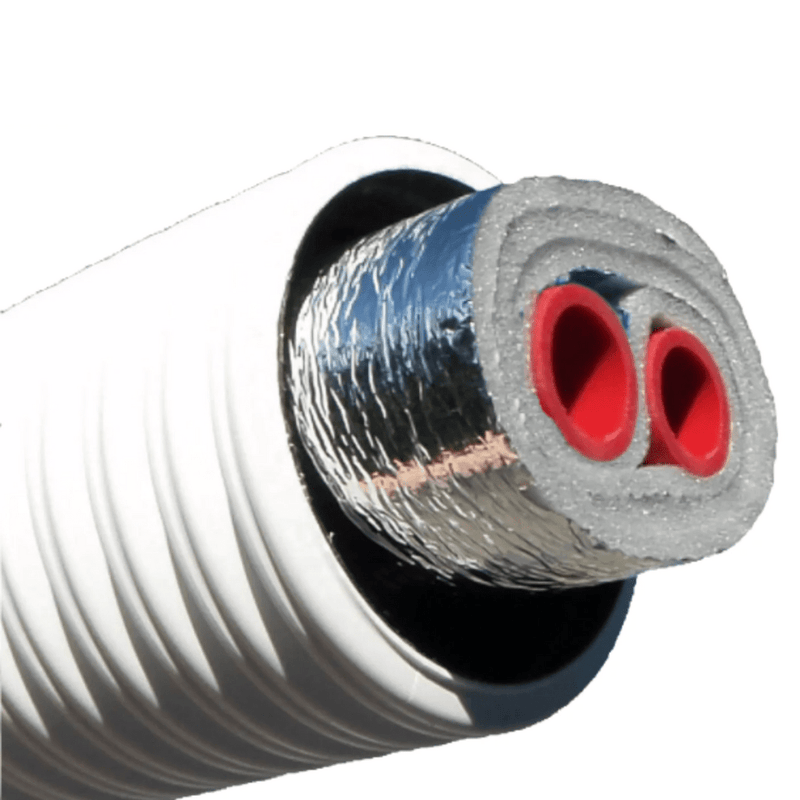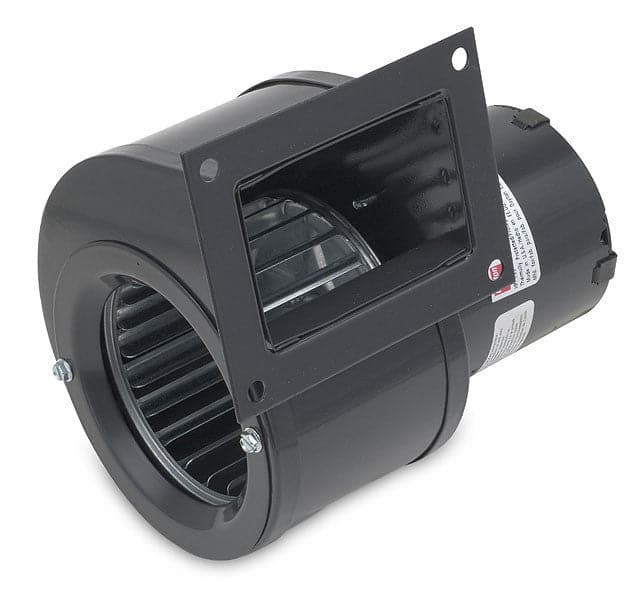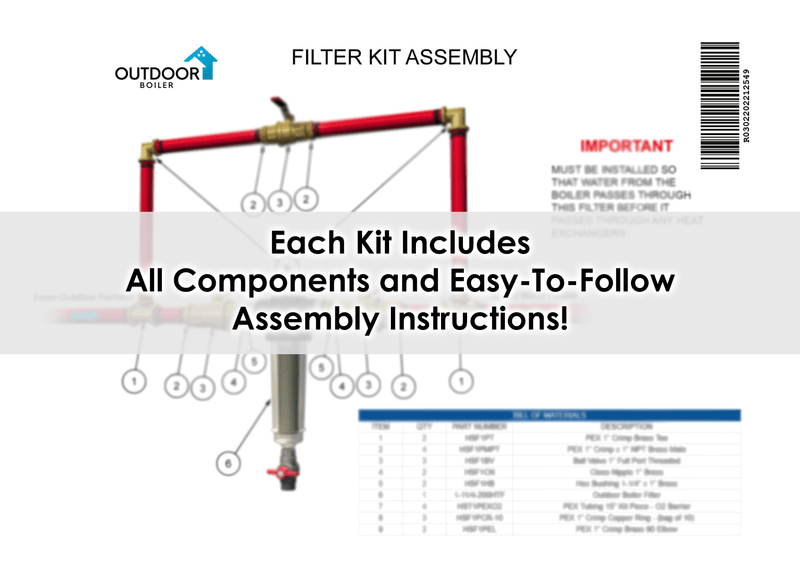Outdoor Furnace: Pull Rod Best Practices

We are always on the lookout for overlooked maintenance items that will cost you money. This one is BIG!
It Would Be CRAZY To Buy An Outdoor Wood Boiler, and NOT Know How To Maintain It
Remember that when your outdoor wood furnace reaches its end of life, you will not be able to replace it according to the recent EPA BAN on outdoor wood burning boilers. So we want to help you maintain your boiler so it will last FOREVER!
Do You Have One?
You pull this handle - the "Pull Rod" - before opening your outdoor wood stove door so that the smoke does not blow in your face. (See photo.)
If you don't have a Pull Rod, read below for urgent and important info.
You might think: "Yeah, so what?"
But did you know that EACH MONTH, you should use the pull rod to clean your top air channel? This is often overlooked, and potentially FATAL to your outdoor wood burner.
So How Is This Done?
Simply pull the Pull Rod until it hits the stop. Normally, you should pull the Pull Rod about 18 inches before it hits the stop. Then twist the Pull Rod clockwise about one-eighth of a turn, and you can continue to pull it out much farther! Several more feet!
If you do this with the front door open, you will see a poof of white powder drop down inside the firebox. This is how you clean out the top air channel (we call it the "D-Plate").
How Else Can I Clean The D-Plate?
You can also clean out the top air channel with a cleaning brush we call the "Cleaning Brush - D-Plate" (available HERE). With the furnace off and cool, simply remove your chimney cap, push the wood handle down the chimney and point the handle towards the front of the furnace.
Push it until the wood handle hits the front wall. Go to the front of your outdoor boiler, open the door, and reach up to grab the wood handle and pull the brush through.
Do this several times until sufficiently clean. It is also recommended to use a shop vac to remove ash from the top air channel by reaching the shop vac hose down the chimney.
If My Boiler Doesn't Have a Pull Rod?
Then you MUST obtain a "Cleaning Brush - D-Plate" and follow the directions above to clean your top air channel at least once per year or as needed. More cleaning instructions can be found in the product description of this cleaning brush HERE.
Operating Furnace FAQs:
- Am I burning too much wood?
You may be. Is the wood properly seasoned? Have you cleared the firebox? High wood consumption can be caused by a number of factors.
- If I don't use chemicals in the furnace water, what happens?
The water treatment coats the inside of your system and helps to slow down the development of rust and corrosion in your system.
- Can I leave my furnace over the weekend?
You may have someone "feed" your furnace for you or you may lower the thermostat temperature.
For more outdoor wood boiler parts visit our online store our contact us at OutdoorBoiler.com .
Maintenance FAQs
- Why is An Outdoor Boiler Water Treatment important?
The boiler chemical (corrosion inhibitor) coats the inside of the furnace to reduce the effects of corrosion on the metal. Click HERE to order our Liquid Armor Water Treatment and other outdoor wood furnace parts.
Then send your water sample to Outdoor Boiler lab for you Free water test to ensure that your furnace water is properly treated.
- How often do I need to Inspect my Chimney/Flue
Inspect chimney and flue monthly and clean as needed. Clean chimney and flue annually. Perform cleaning and maintenance only when no fire is present in the firebox and ashes are cooled completely.
- What is the Importance of Catalyst in my GX Series Furnace?
Without a damaged catalyst in place, the furnace will produce more fine particulate emissions and may run less efficiently.
Troubleshooting
- Why am I not getting hot water?
Check that the hot water system is connected properly. Check if the heat exchanger is partially or totally clogged.
- Why does my furnace continue to burn when it is not operating?
Check the door seal, door adjustment, and solenoid.
- What are the Common Pex Pipe Problems
Pex has its problems, however, and those should be understood when considering the piping.













